 This photo was taken at Delegal Creek last night as the sunset. Hurricane Dorian is several hundred miles south at this point. Today, as I write this, we have had a few bands of rain with wind, but nothing too bad. The storm should brush by us late this afternoon or in the evening, but will be staying off shore. Prayers to those in the Bahamas who suffered so greatly, and for those in the Carolinas who may experience more of this storm’s fury.
This photo was taken at Delegal Creek last night as the sunset. Hurricane Dorian is several hundred miles south at this point. Today, as I write this, we have had a few bands of rain with wind, but nothing too bad. The storm should brush by us late this afternoon or in the evening, but will be staying off shore. Prayers to those in the Bahamas who suffered so greatly, and for those in the Carolinas who may experience more of this storm’s fury.
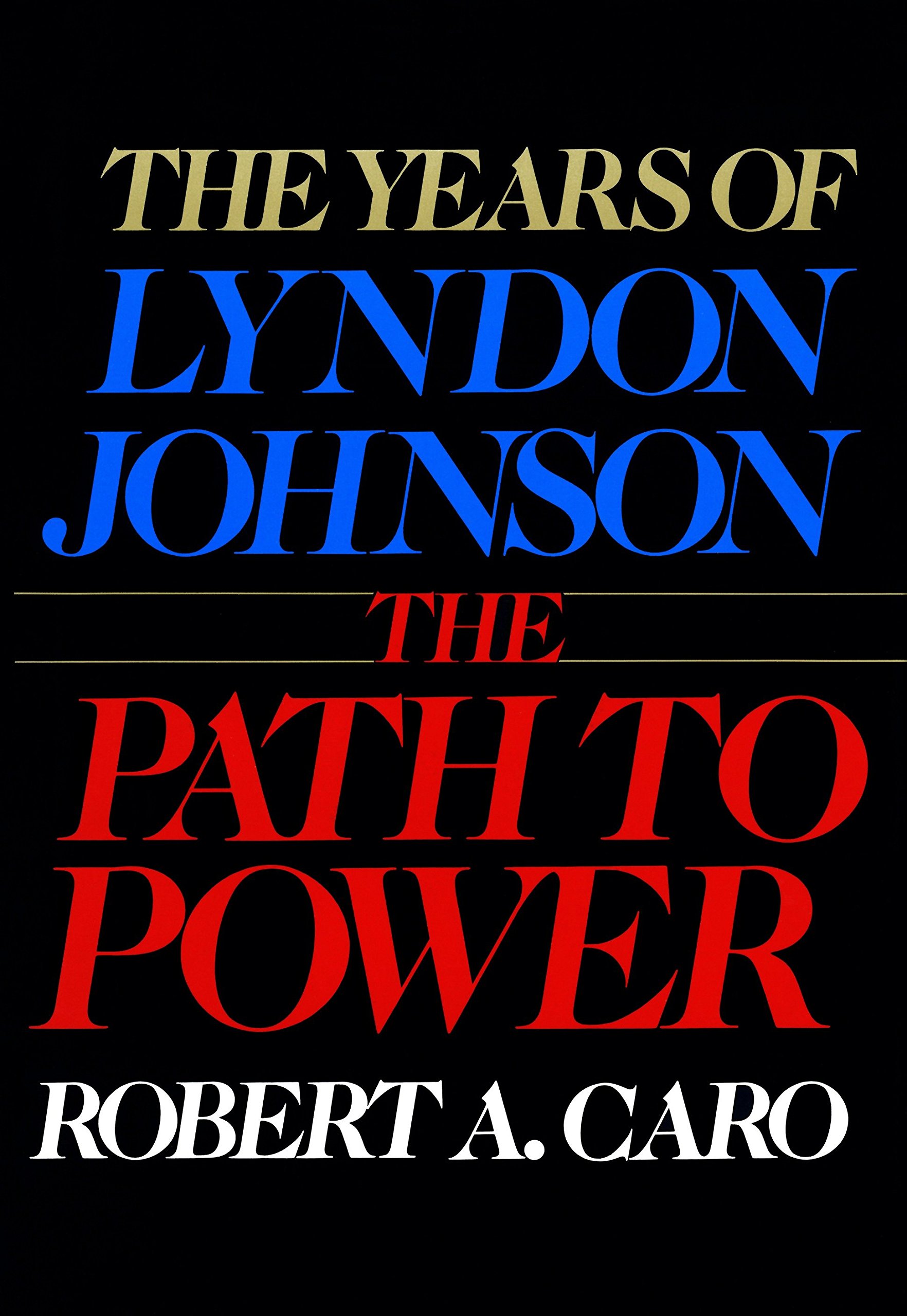
Robert A. Caro, The Years of Lyndon Johnson: The Path to Power, (New York: Alfred Knopf, 1982), 882 pages, photos, index and detailed notes on sources used.
It’s a goal of mine to read Caro’s multi-volume biography of Lyndon Johnson. He’s the first President I can remember. The only thing I remember of Kennedy was him being shot in Dallas, as I had just started the first grade. LBJ would remain President throughout my elementary years.
Several years ago, I partly read this volume, but this summer invested the time to listen and/or read the entire volume that covers the life of the future President from before his birth through the beginning of the Second World War. The first volume I read in this series, over a decade ago, was Master of the Senate. It was Caro’s third volume, which consists of the years from 1948, when LBJ was elected to the senate, to the late 1950s as the 1960 Presidential campaign heated up. Caro has four volumes out and has just began covering Johnson’s presidency. As he is now in his 80s and I (along with lots of other folks) hope he’ll complete his life-long ambition to cover all of Johnson’s life.
As with Caro’s other volumes, he spends a significant portion of his book providing background information. The reader learns about the events that shaped life in the Texas Hill Country and the people who influenced Johnson. We’re taken back to the early years of Texas and of its frontier heritage that was still in the memories of those alive when Johnson was a boy. Johnson always discounted his father as a failed drunk and attempted to create an image of a self-made man, but Carol dug deeper and discovered a different truth. Johnson’s father was a very honest former legislator whose ties to populism was so strong he had his son listening to the speeches of Williams Jennings Bryan. He also took Lyndon, as a boy, with him to Austin, where Johnson experienced the political life for the first time. There were many other individuals who helped Johnson’s rise to power. Richard Kleberg, one of the richest men in Texas and a new congressman, hired a schoolteacher named Lyndon to be his congressional aide. As an aid, Johnson both learned politics as well as began to build his own base of power. Then there was Sam Raybun, a Texas congressman who became speaker of the House and who saw LBJ as the son he never had. There was Herman Brown, of Brown and Root, became a mighty industrialist who helped and was helped by Johnson’s growing power. Caro also provides details in how the landscape of the hill country shaped those who settled there, such as Johnson’s families on both sides of his family. He even provides detail into a dam that helped push Brown and Root to a major corporation, a dam in which Johnson worked to fund as a junior congressman. The funding was in jeopardy because the dam did not meet the New Deal guidelines, but Johnson found a way around such requirements.
As Caro points out over and over again, the real Lyndon wasn’t likable. He was awkward, didn’t really fit in, and learned early on how to manipulate others. Most of his peers didn’t think highly of him, but some saw his ambition and was willing to work for him with the hopes that as he rose in power, they would too. When he was denied entry into the White Stars, a college club, he created his own secret club, the Black Stars. Those who joined him had also been denied entry into the more elite group. They were able to secretly control school politics. While he wasn’t popular with those his age, Johnson had a way with adults and spent more time with them.
From an early age, he wanted to be President. Caro’s shows how LBJ never lost that ambition. From politics in college, through working as a congressional aide for Kleberg, to heading the New Deal’s Youth Program in Texas, to a young congressman raising money for other congressmen, Johnson was constantly building a larger organization with the goal to become President. Interestingly, while through the book, Johnson publicly is seen as a “Roosevelt man,” and in favor of the New Deal, Caro shows how Johnson’s politics was more about achieving and holding power than ideology.
Johnson was quite a risk-taker. After marrying LadyBird, he carried on an affair with the beautiful and younger mistresses of Charles Marsh, one of his top supporters who also owned a number of newspapers in Texas. Obviously, had that become well-known, it had the potential to destroy the young Congressman’s political future.
In the spring of 1941, a senator from Texas died suddenly. Johnson, seeing this as his opportunity to increase his power, campaigned for the race. He quickly went to work building a base and becoming the front runner against many other better-known candidates, when the state’s colorful governor, Pappy O’Daniel, through his name into hat. “Pass the biscuits, Pappy,” was a former flour salesman, who knew how to campaign (his character even shows up the movie “O Brother, Where Art Thou). It became a bitter race with both sides having precincts that they controlled. When he through he had a comfortable lead, Johnson told his precinct bosses to release their votes. Pappy, holding on to a handful of precincts, was then able to “best” Johnson by 1300 votes. It would be the only election Johnson would lose.
While Johnson doesn’t come across as a likeable character throughout the book, there were places where Caro showed a gentler side of him. As a teacher in a mostly Mexican-American school, he was one of the few who cared for this students and encouraged their success. Later, after college, he became a teacher in Sam Houston High School where, as a debating coach, was able to propel his students to greatness. Johnson was a complex man, who carefully cultivated his image. The book leaves the reader wondering what’s going to happen to the young congressman who receives an appointment as a naval officer as the country goes to war. I also came away book wanting to know more about Johnson’s father and his “surrogate” father, Sam Rayburn.
If you have the time (and you’ll need it) and interest, I recommend this book!
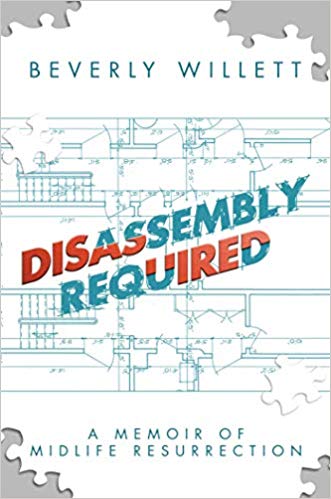 Beverly Willett, Disassembly Required: A Memoir of Midlife Resurrection (New York: Post Hill Press, 2019), 269 pages.
Beverly Willett, Disassembly Required: A Memoir of Midlife Resurrection (New York: Post Hill Press, 2019), 269 pages.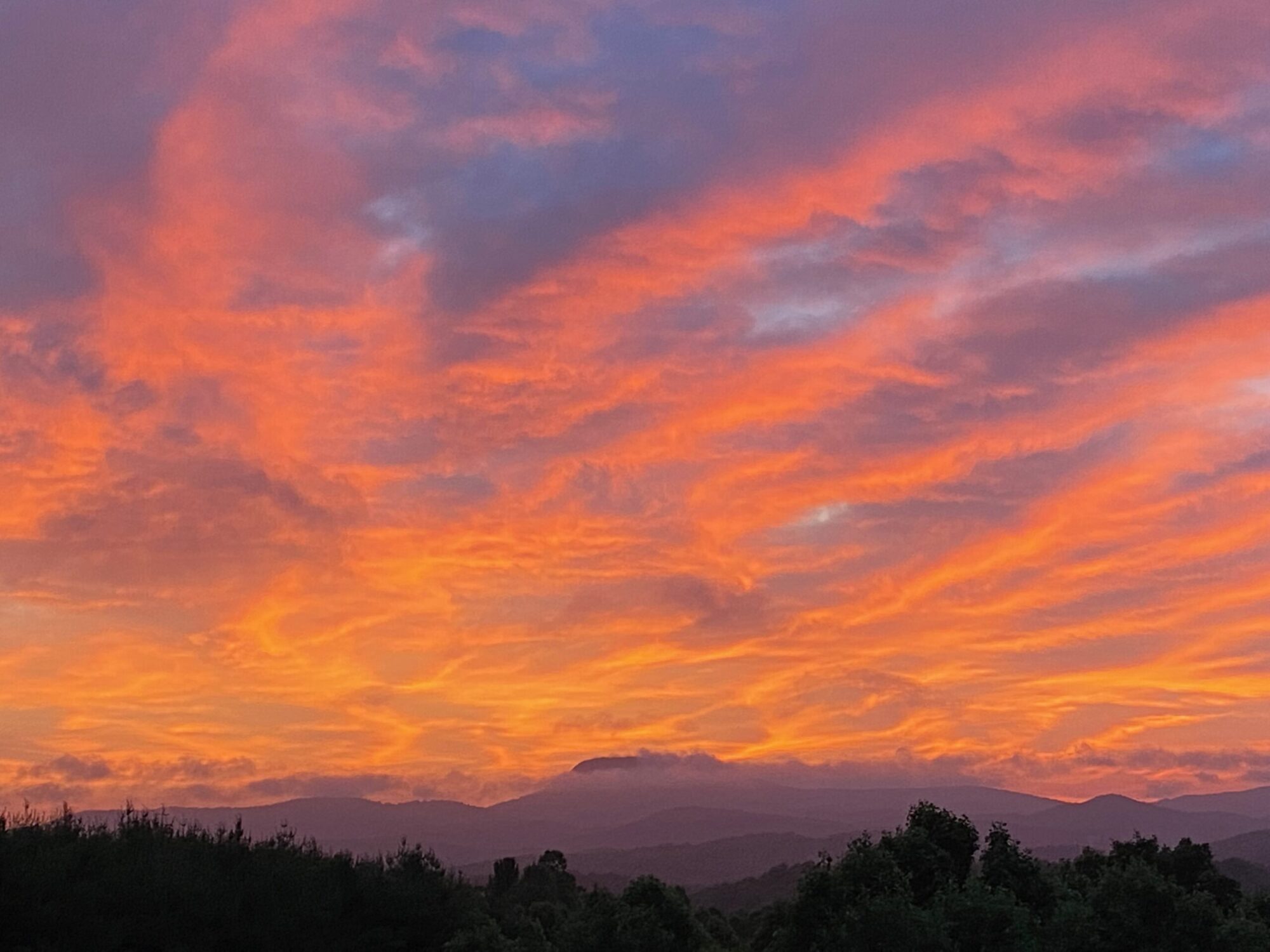
 Ben Sasse, Them: Why We Hate Each Other and How to Heal (New York: St. Martin’s Press, 2018), 272 pages including notes and an index.
Ben Sasse, Them: Why We Hate Each Other and How to Heal (New York: St. Martin’s Press, 2018), 272 pages including notes and an index. This photo was taken at Delegal Creek last night as the sunset. Hurricane Dorian is several hundred miles south at this point. Today, as I write this, we have had a few bands of rain with wind, but nothing too bad. The storm should brush by us late this afternoon or in the evening, but will be staying off shore. Prayers to those in the Bahamas who suffered so greatly, and for those in the Carolinas who may experience more of this storm’s fury.
This photo was taken at Delegal Creek last night as the sunset. Hurricane Dorian is several hundred miles south at this point. Today, as I write this, we have had a few bands of rain with wind, but nothing too bad. The storm should brush by us late this afternoon or in the evening, but will be staying off shore. Prayers to those in the Bahamas who suffered so greatly, and for those in the Carolinas who may experience more of this storm’s fury.
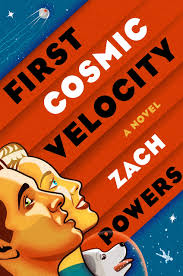 Zach Powers, First Cosmic Velocity (New York: Putman, 2019), 340 pages.
Zach Powers, First Cosmic Velocity (New York: Putman, 2019), 340 pages.
 J. Philip Newell, Listening to the Heartbeat of God: A Celtic Spirituality (New York: Paulist Press, 1997), 112 pages.
J. Philip Newell, Listening to the Heartbeat of God: A Celtic Spirituality (New York: Paulist Press, 1997), 112 pages.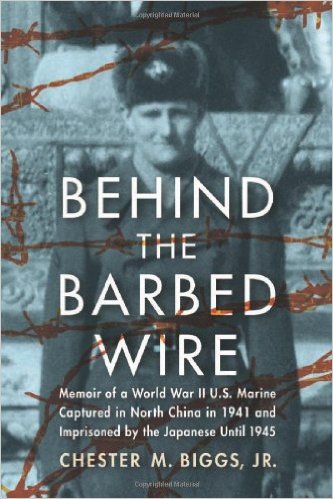
 I picked up this book after learning that Joy Harjo has been appointed poet laureate for the United States. It’s exciting because she’s the first Native American to serve in this position. In addition to being a poet, Harjo is also a jazz musician. Her poetry blends music with longing for a home that seems evasive. In different poems, the reader is taken an “Indian school” in Oklahoma, to the hunting grounds of the Inuit people in northern Alaska, and through airports and other locals in between. She alternates between more free-form poetry to “prose poems.” Many of the poems draw the reader into the experience of modern Native Americans, who, having lost a homeland, are not sure where they belong. We also are reminded of the realities within Native communities of alcoholism and suicide. Yet, a thread of hope weaves through these poems, as we (as well as all creation) are encouraged to be blessing to others. I find her poems accessible and easy to understand. I’m sure I will reread many of them as I continue to ponder their messages. .
I picked up this book after learning that Joy Harjo has been appointed poet laureate for the United States. It’s exciting because she’s the first Native American to serve in this position. In addition to being a poet, Harjo is also a jazz musician. Her poetry blends music with longing for a home that seems evasive. In different poems, the reader is taken an “Indian school” in Oklahoma, to the hunting grounds of the Inuit people in northern Alaska, and through airports and other locals in between. She alternates between more free-form poetry to “prose poems.” Many of the poems draw the reader into the experience of modern Native Americans, who, having lost a homeland, are not sure where they belong. We also are reminded of the realities within Native communities of alcoholism and suicide. Yet, a thread of hope weaves through these poems, as we (as well as all creation) are encouraged to be blessing to others. I find her poems accessible and easy to understand. I’m sure I will reread many of them as I continue to ponder their messages. .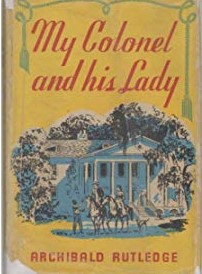 In this short book, the former poet laureate of South Carolina, Archibald Rutledge, writes a memoir of his parents. His father had been the youngest colonel in the Confederate army. His father joined the war in North Carolina (the family kept a mountain home to escape to in the summer). He was wounded three times, involved in many engagements and served as best man for General Pickett, when he married. Archibald was the youngest child of the family (for which, his father often called him Benjamin, for Jacob’s last son). He was born in 1883, nearly twenty years after his father’s military experience had ended. Rutledge was in awe of his father, whom he saw as a kind, gentle, and loving man. His father shared with him the love of all things wild-hunting and fishing and just walking in the woods. He also shared his love of the creator whom he saw revealed in nature. His mother, the colonel’s lady, was also a kind but strong woman. As her husband was often away, she had to take control as she did directing the successful efforts at fighting a fire in the great house (when water had to be drawn from the river by buckets) and shooting to scare away intruders who were looking to steal from their rice barn. She also impressed the young Rutledge with her love of books and her care of others (she often served as a medical resource in a community that often had to go without physicians).
In this short book, the former poet laureate of South Carolina, Archibald Rutledge, writes a memoir of his parents. His father had been the youngest colonel in the Confederate army. His father joined the war in North Carolina (the family kept a mountain home to escape to in the summer). He was wounded three times, involved in many engagements and served as best man for General Pickett, when he married. Archibald was the youngest child of the family (for which, his father often called him Benjamin, for Jacob’s last son). He was born in 1883, nearly twenty years after his father’s military experience had ended. Rutledge was in awe of his father, whom he saw as a kind, gentle, and loving man. His father shared with him the love of all things wild-hunting and fishing and just walking in the woods. He also shared his love of the creator whom he saw revealed in nature. His mother, the colonel’s lady, was also a kind but strong woman. As her husband was often away, she had to take control as she did directing the successful efforts at fighting a fire in the great house (when water had to be drawn from the river by buckets) and shooting to scare away intruders who were looking to steal from their rice barn. She also impressed the young Rutledge with her love of books and her care of others (she often served as a medical resource in a community that often had to go without physicians).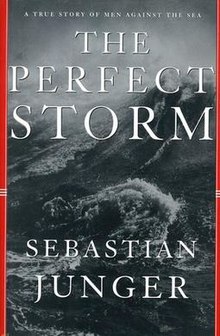
 David Halberstam, The Fifties (1993, New York: Ballantine Books, 1994), 800 pages including index’s and notes, plus 32 pages of black and white prints.
David Halberstam, The Fifties (1993, New York: Ballantine Books, 1994), 800 pages including index’s and notes, plus 32 pages of black and white prints.